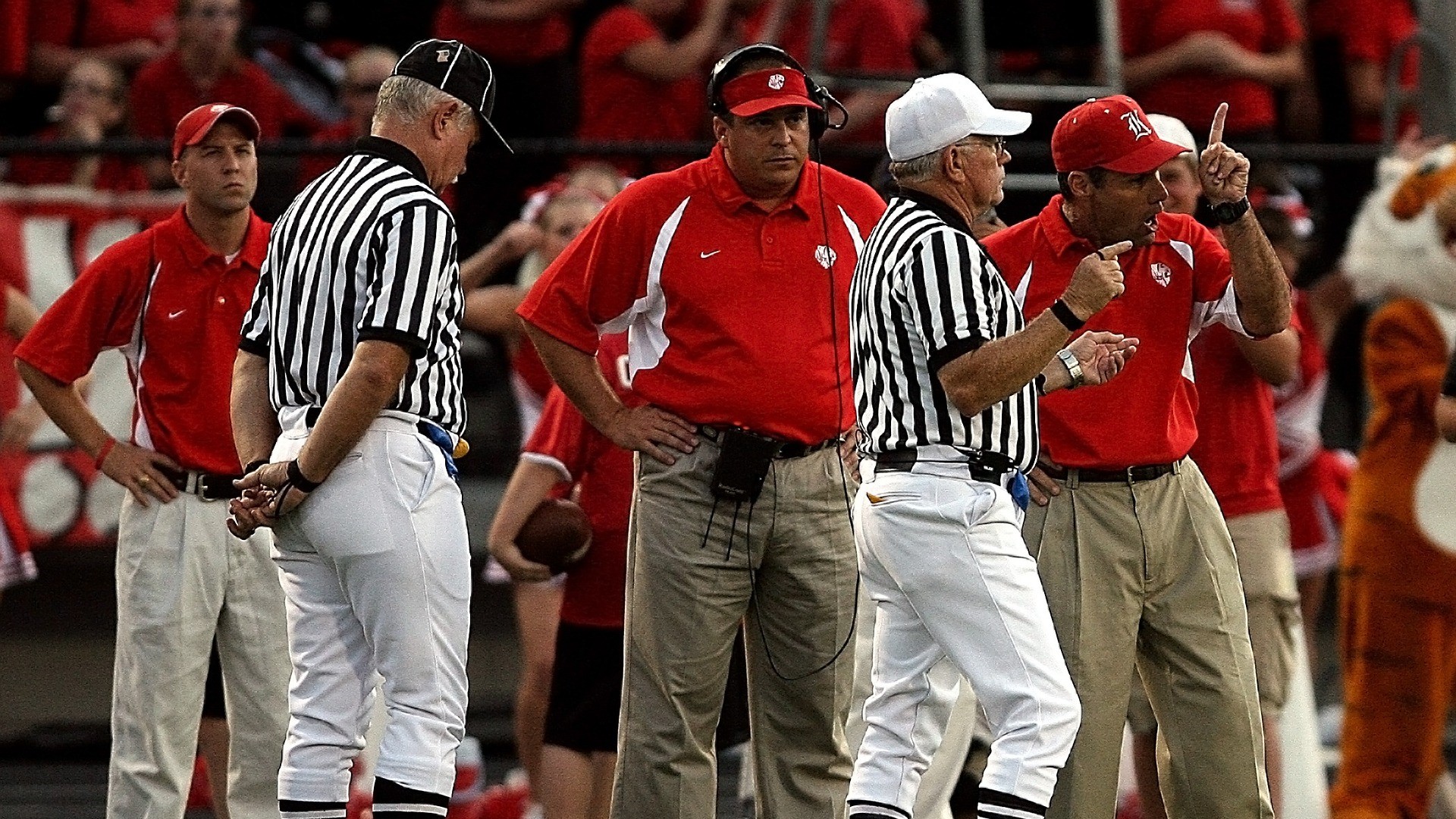Reading the Silent Signals: The Power of Body Language Awareness
Body language is an essential part of how we communicate, even though it often goes unnoticed. Unlike spoken words, body language reveals a lot without saying a single thing. Becoming aware of body language can help you understand others better and express yourself more effectively. It involves recognizing and interpreting non-verbal cues, such as gestures, posture, and facial expressions, which can give insight into people’s emotions and thoughts. Learning to be more aware of body language is like unlocking a secret language that can improve your connections with others.
Imagine you’re having a conversation with someone. While they’re talking, you make direct eye contact, nod occasionally, and smile when appropriate. These small actions might seem simple, but they speak volumes about your interest and engagement. When someone notices you’re making eye contact and nodding, they’re more likely to feel that you genuinely care about what they’re saying. By becoming more aware of your own body language, you send positive signals to others and make them feel more comfortable and valued.
Body language can be more powerful than words. For instance, a slight change in someone’s facial expression can indicate a shift in how they’re feeling. You might notice that a friend who usually has a relaxed posture suddenly becomes tense during a conversation. By paying attention to these cues, you can sense when something might be wrong, even if they don’t say it out loud. Body language awareness isn’t about guessing or assuming things about others. Instead, it’s about observing subtle signs that can lead to more meaningful communication.
When you’re aware of body language, you’re able to see when someone might be feeling nervous or uncomfortable. This awareness helps you adjust your own actions. For example, if you’re speaking with a friend and you notice they’re avoiding eye contact or crossing their arms, it might mean they feel uneasy. Responding to these signals by speaking in a softer tone, giving them space, or even asking if they’re okay can help put them at ease. These small adjustments show that you’re empathetic and respectful, which can strengthen your relationships.
Good body language awareness is useful in many situations. In school, it can help you better understand teachers, classmates, and friends. Imagine giving a class presentation where you sense your audience is distracted. Recognizing this through their body language, you might change your tone or make your presentation more engaging to recapture their attention. At the same time, being aware of your own posture and gestures can help you appear more confident, even if you’re feeling nervous. Standing tall, maintaining eye contact, and using open gestures can make others see you as assured and approachable.
Body language also plays a major role outside of school. Whether it’s in sports, social events, or even job interviews, how you use and interpret non-verbal cues can make a significant difference. In sports, for example, reading teammates’ expressions and movements can improve coordination and teamwork. In social settings, noticing when someone feels uncomfortable can help you make them feel included and respected. And in interviews, confident body language such as a firm handshake, steady eye contact, and good posture can leave a positive impression.
While learning to read body language is valuable, it’s just as important to be aware of the signals you’re sending. Your posture, eye contact, and gestures affect how others perceive you, so being mindful of these can make you a better communicator. This doesn’t mean you have to change who you are or how you feel. Instead, it’s about becoming aware of the non-verbal messages you send so you can connect more effectively with others.
Developing body language awareness takes time and practice. Start by observing the people around you. Notice how their body language changes in different situations, and pay attention to how these cues align with what they’re saying. The more you practice, the better you’ll get at picking up on these signals, leading to deeper understanding and better communication. Body language may be silent, but when you understand it, it can speak loudly and clearly.

